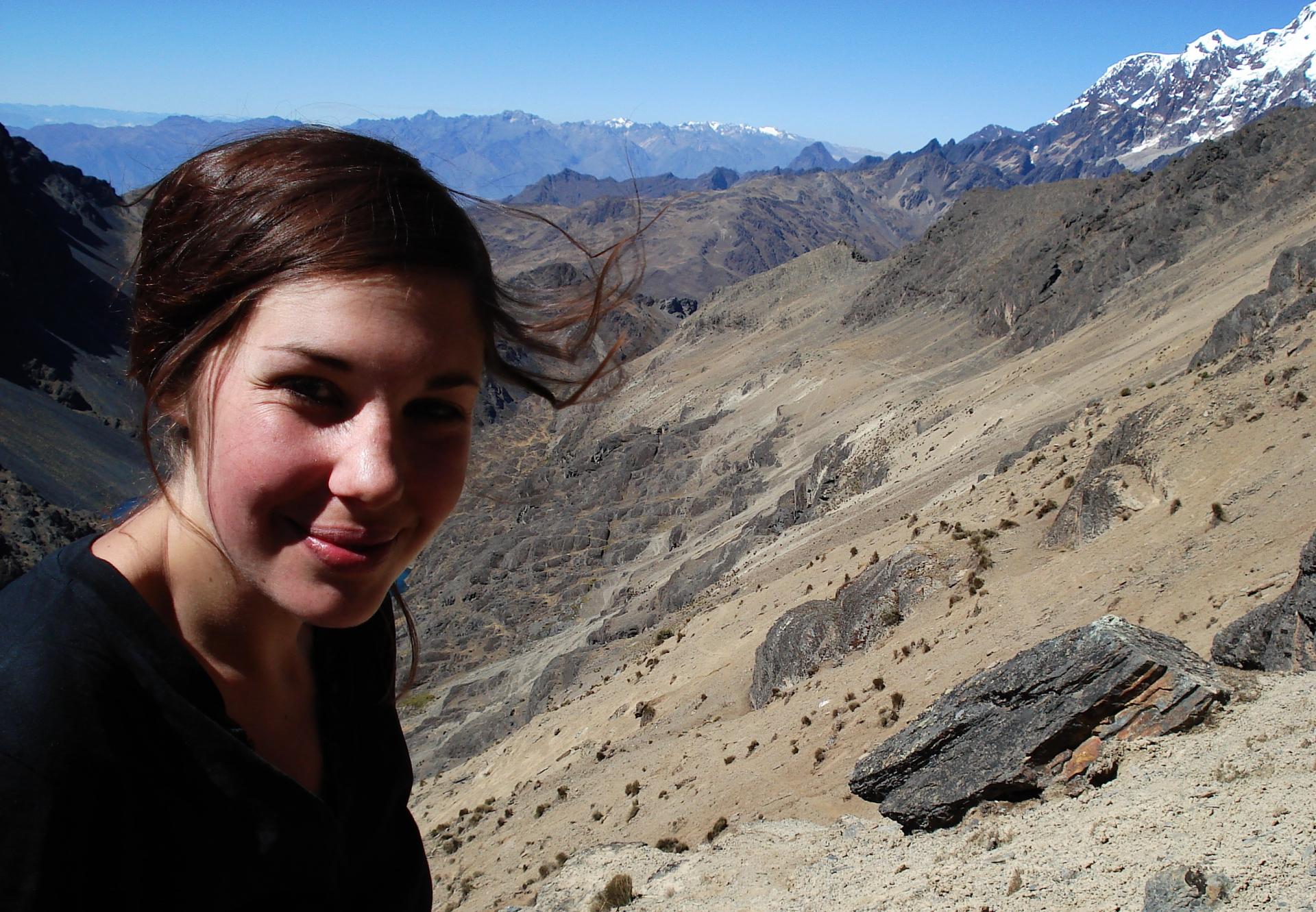Hiking in high mountain passes is one of the most awe-inspiring adventures on earth, but the rarified air in the highest peaks on the planet can take a toll. Be prepared of the effects of trekking above 2,400 metres with my guide to dealing with altitude and altitude sickness.

Hiking at altitude: Altitude sickness and altitude sickness remedies
Hiking at altitude is a fickle friend – altitude affects everyone differently, and can hit you out of the blue even if you’ve been fine at similar altitudes before. Breathing less oxygen usually causes side effects at 2,400 metres and above and can include breathlessness, nausea, difficulty sleeping and eating and a rapid pulse – for me, it always feels like having the hangover from hell. It’s worth reading up as much as you can on coping with altitude sickness before your trip, and if it’s your first trek at altitude I’d recommend joining a trip or expedition with a team doctor or a trained first aider. My own experience at altitude has taught me this:
Go slow: ‘Pole pole!’ Is the neverending cry of the fantastic guides who lead hikers up Mount Kenya. Their advice to go ‘slow slow’ is golden – it’s very tempting to stride off at a brisk normal pace when you get going on a summit attempt, especially when you’re still in the foothills, but the slower and gentler you take the trek, the more your body will acclimatize. Slow and steady wins the race.
Go down: Feeling dizzy? Heading down just a few hundred metres can make you feel a million times better. Even if the summit you’re desperate to reach is looming close, it’s far more sensible to head down again a little way, rest and acclimatise for a day or two and then trek back up when you’re feeling fitter.
Climb high, sleep low: Look at any good trekking itinerary and you’ll notice a pattern – you’ll be trekking up to new heights each day, but descending down to a lower camp to sleep. This helps your body acclimatize without the shock of sleeping at a big leap in altitude.
Eat ginger: Ginger is a folk remedy for altitude – I’m not 100% sure it definitely works, but I do pack ginger biscuits or crystallized ginger on higher hikes, as they’re also good for a quick sugar hit as well as a good old placebo effect.
Drink coca tea: In Bolivia we swore by a natural local remedy for altitude – coca tea. Yes, it’s the same plant that produces cocaine, but no, it won’t get you high. Bolivians often chew coca leaves to keep altitude sickness at bay but I think it’s nicer as a tea. It tastes very similar to green tea, and if you’re planning any trekking in South America it’s definitely worth packing. You’ll find it readily available in local supermarkets and markets. Coca tea is only legal in South America, so don’t be tempted to bring any back in your suitcase.
Don’t ignore symptoms: If mild altitude sickness isn’t improving or is worsening, abandon your trek, seek medical help and head straight down the valley. Your health isn’t worth bagging a summit, and altitude sickness can quickly deteriorate if you push on and ignore it.
